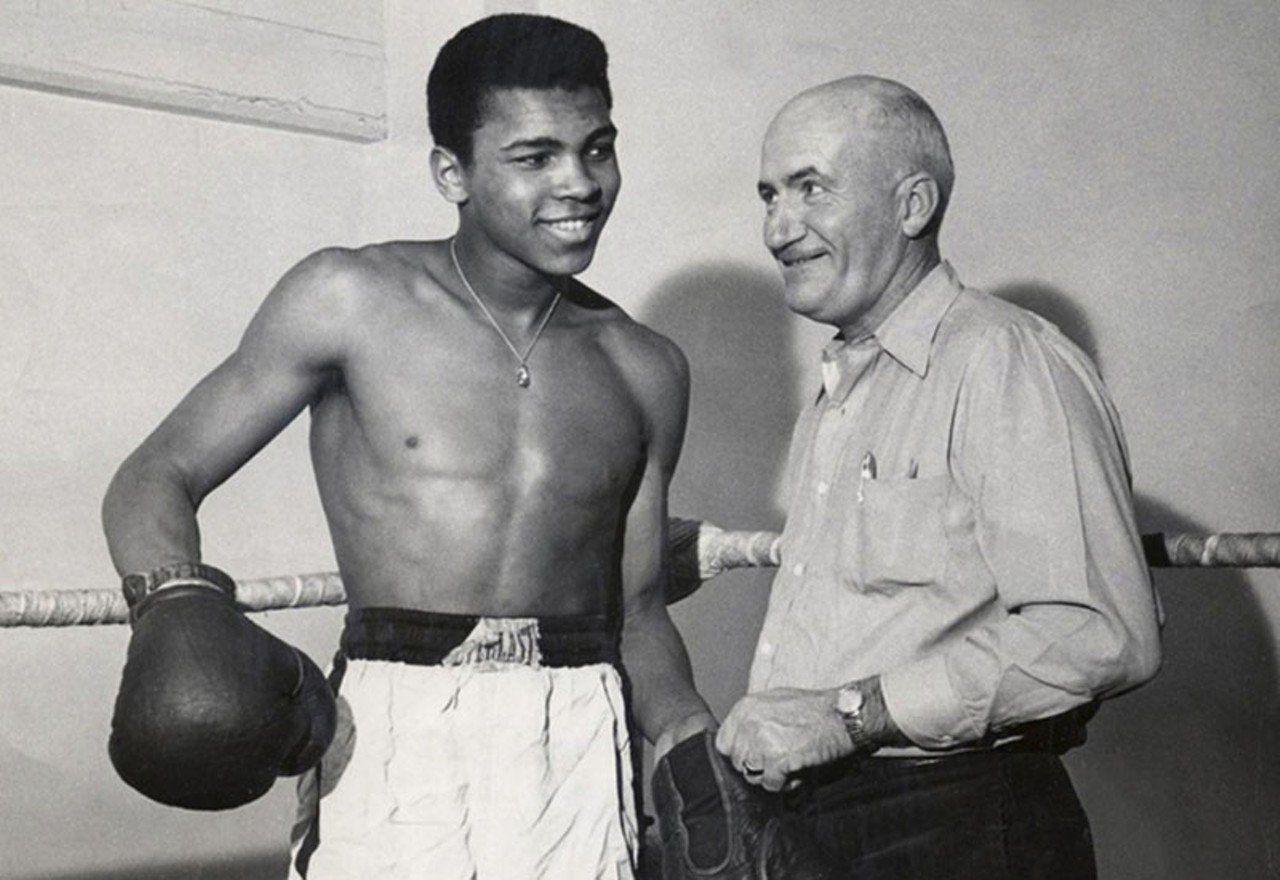Reverse Mentoring Can Eliminate Ageism In The Workplace
Image is from freepik.com by @mamewmy
We are familiar with the typical concept of mentoring: a more senior employee tasked with guiding their junior colleague. But what if we told you the roles could be reversed?
Gone are the days of seniority equating to superiority. The world is increasingly fast-paced, and millennials account for a substantial percentage of the workplace. In fact, there are approximately 1.1 billion millennials in Asia, with 9.5 million young workers in Malaysia alone.
Characterised as flexible, adaptable, and tech-savvy, millennials offer much to the workforce, and older generations indeed have a lot to learn from the young.
It comes as no surprise therefore that companies are pairing their senior leaders with younger mentors under a concept called ‘reverse mentoring’. Benefits include imparting critical perspectives on strategic thinking, leadership, mindsets, and values in the workplace.
They also provide leaders an insight into the minds of the younger generation, allowing leaders to better understand their values, priorities and motivations, how they wish to be treated, and how to optimise their talents to enhance engagement and retention.
It allows us to confront ageism in the workplace head-on – by getting both younger and older generations to share their perspectives, foster better understanding, and dispel myths.
How leader mentees benefit: Bridging generational gaps
With COVID-19 accelerating the digitalisation of work, being paired with a younger colleague has been helpful in navigating the new era of digital communications and remote working.
One of the first things my younger mentor, Hetty, taught me was how the younger generation perceives digital communication and social media. I had the opportunity to witness the rise of social media and was initially unaware that platforms such as Facebook and Instagram were perceived as personal space. It was through Hetty’s sharing that I understood and saw things from a different perspective.
Senior executives should refrain from going back to ‘leadership mode’, while younger employees should continue to be ‘teachers’ to their mentees.
This then motivated me to develop a Yammer group (a professional social networking tool) for our employees in Asia. With Hetty guiding me through the entire process, Yammer has been a very helpful tool to engage, post questions or share information with coworkers, and collaborate with different teams, especially during COVID-19.
One of the leadership principles I’ve stuck to is the importance of communicating gratitude and recognising my colleagues. To my surprise, Hetty shared that her generation appreciates informal recognition and shoutouts through digital tools such as email. As someone who comes from a generation where personal handwritten cards were the norm, this was a bit shocking to me. I was worried that it seemed quite informal and even insincere, but Hetty explained that the younger generation does not perceive it that way.
These days, I find myself sending out more ‘thank you’ notes to my colleagues because it’s simply much more efficient than handwriting cards. This helped create a great camaraderie among team members and bring our culture to life.
How young mentors benefit: two-way mentoring
On the flip side, as COVID-19 necessitated remote working, having a leader mentee is critical in helping younger employees, especially fresh entrants, make sense of the changes and anchor perspectives in the new world of work.
Regular dialogues and sharing sheds light on ageism in the workplace.
Beyond the typical wealth of experience younger mentors may gain from their seniors, reverse mentoring revolutionises the traditional model of mentoring. It enables two-way communication and allows for a more conversational approach. Through this channel, younger employees can share their insights, and be heard.
Read More: Reverse Mentoring Hinges on WIIFM
Besides boosting morale and productivity, reverse mentoring even allows younger employees to influence higher-level company decisions. During our regular meetings, Hetty shared her work in launching several employee resource networks in the Philippines. I was able to utilise these learnings from the ground to further enhance targeted inclusion strategies and actions for 2021, which I am currently implementing.
How corporations can do it right
To maximise success, here are some things companies need to consider.
First, from the start, all young mentors and leader mentees must have clear motivations laid out. Before joining, participating employees must think about why they want to participate.

No. bad mentor!
Next, they must set clear learning goals to ensure the programme is fruitful for them.
Third, they must set clear boundaries between work and personal topics and align on a shared commitment towards the programme.
Lastly, both young mentors and leader mentees should stick to their assigned roles. Senior executives should refrain from going back to ‘leadership mode’, while younger employees should continue to be ‘teachers’ to their mentees.
Regular dialogues and sharing sheds light on ageism in the workplace. Stereotypes are very often misconceptions; juniors are not too young to teach, nor are seniors too old to learn. Today, nearly 300 of our employees in Asia are participating in the Reverse Mentoring program, an important contributor to making our workplace a diverse, inclusive, and empowering workplace for all.

Reverse Mentoring
Watch the video below on Reverse Mentoring.
Leadership
Tags: Emerging Leadership, Executing Leadership, Personal Growth, Talent Development





